Hello feathered friends.
This is week 25 of my weekly walking and bird spotting diary. This week has been extremely hot with temperatures above 35 degrees Celsius. I didn't dare go on longer routes and mostly stuck to the existing ones.
For this week, I have documented 25 different bird species, of which one is completely new.
African stonechat
Although they are mostly in the same place, I noticed that this week the males moved away from the females.
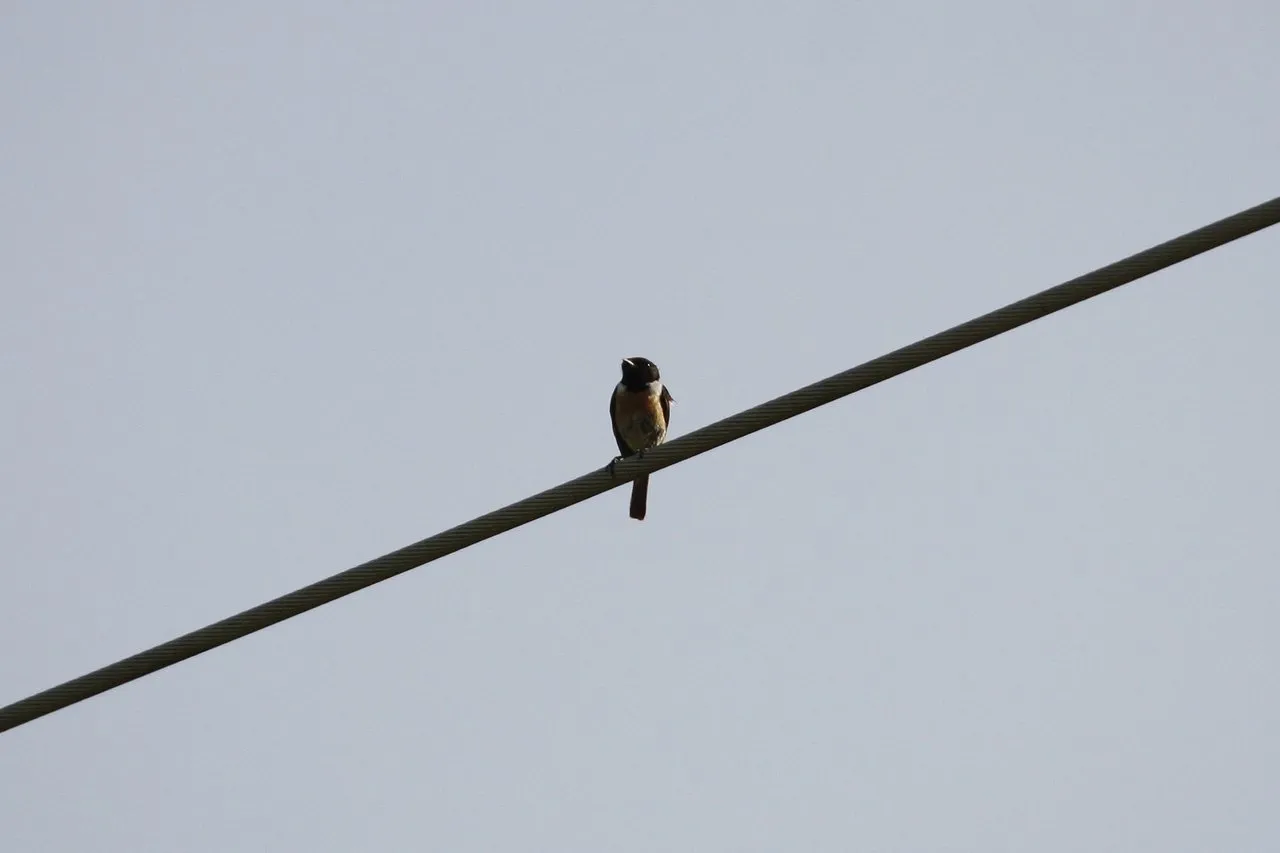
Barn swallow
After several hours of flying, they prefer to rest on the wires of the transmission line. They are most often in groups, while solitary birds can rarely be seen.
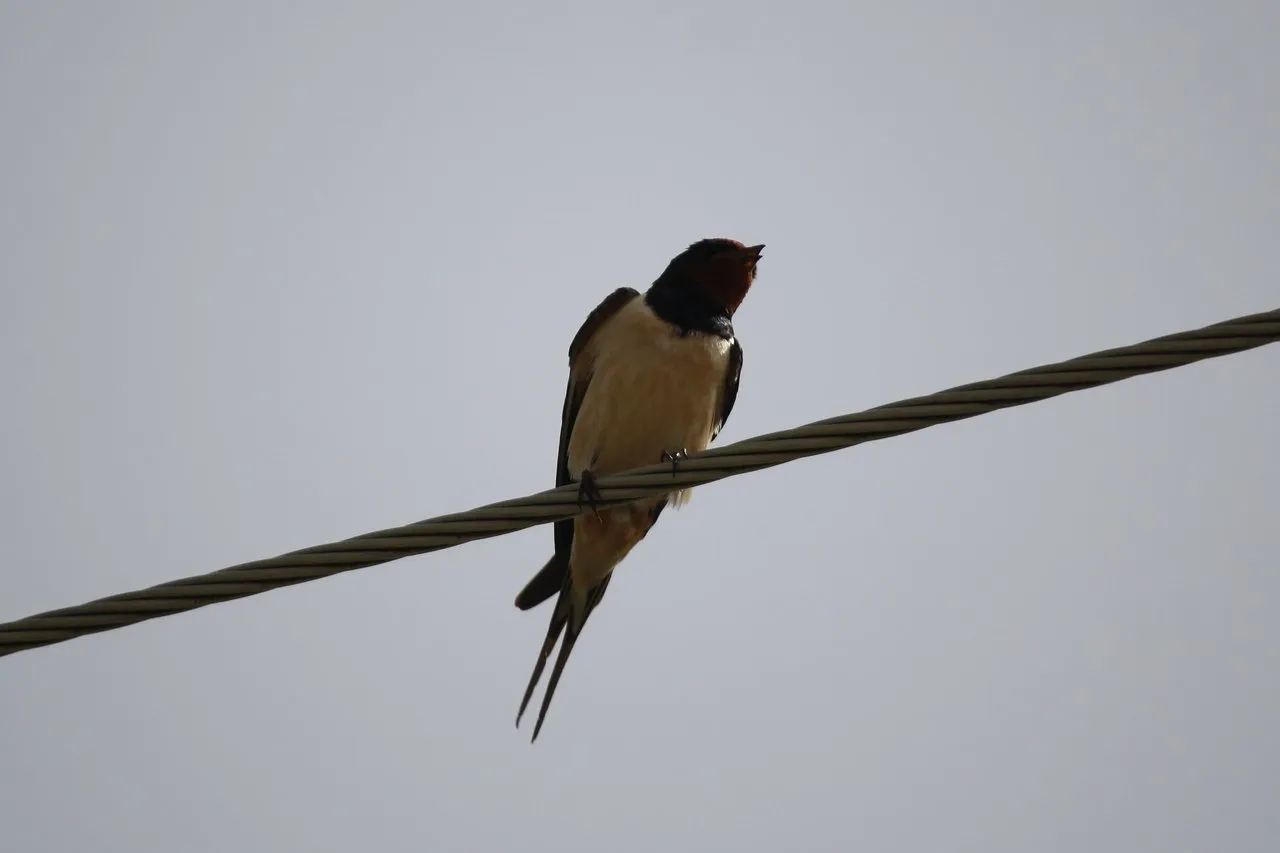
** Black-crowned night heron**
This bird, like other species of herons, can stare at one point for hours. They are very patiently waiting for prey. They usually hunt at dusk or night, although they do it during the day while nesting.
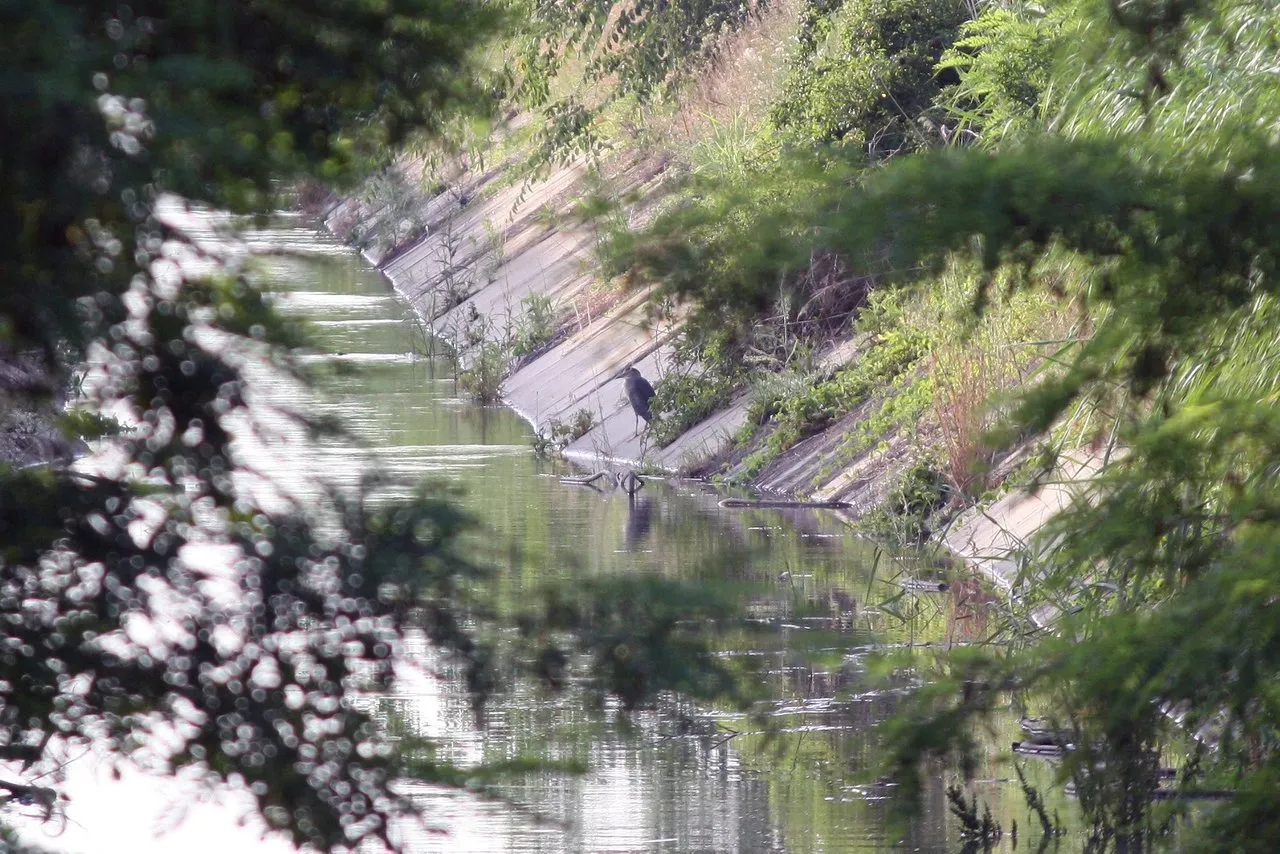
Black redstart
They represent birds of urban areas and can often be seen on the tops of roofs.
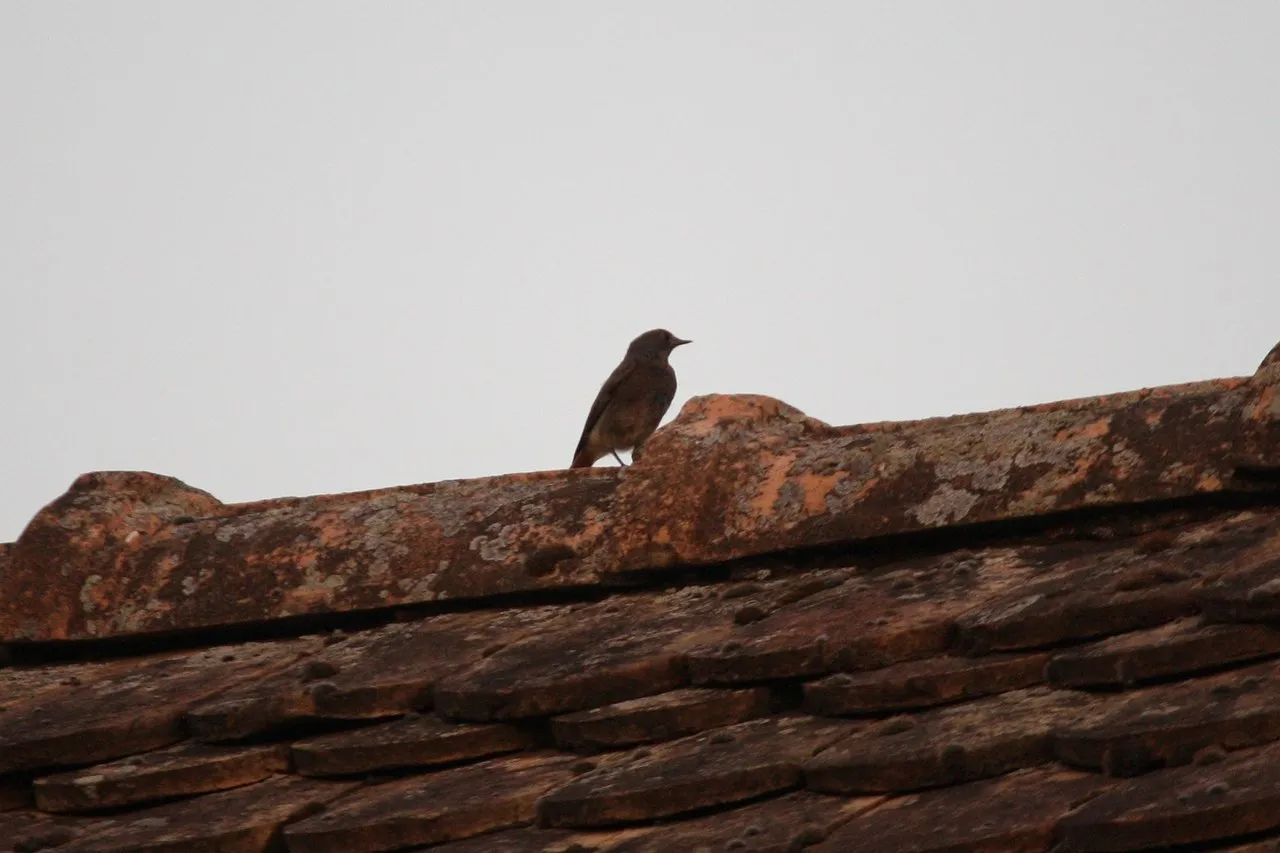
Common blackbird
Whenever I notice them, they always have food in their beak. They are very committed to collecting food for their offspring.
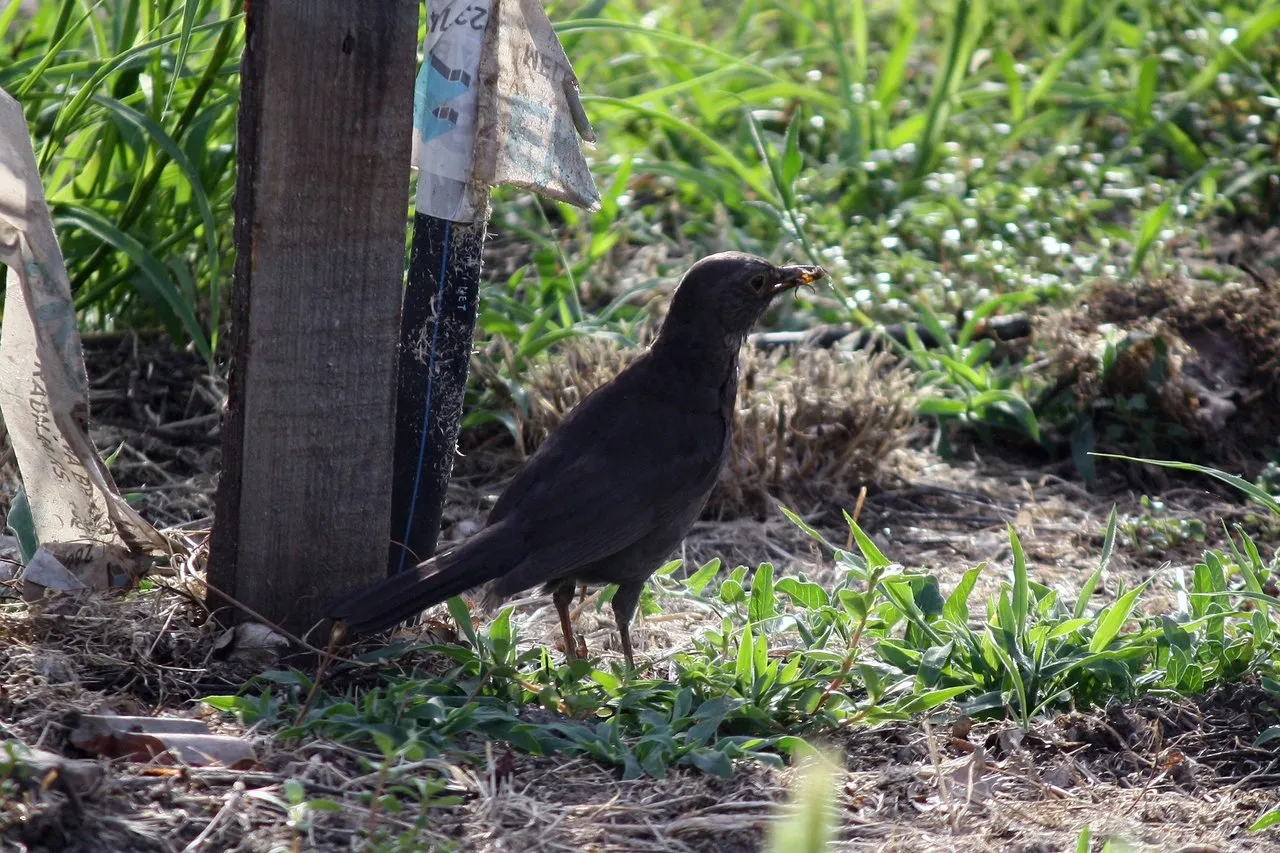
Common cuckoo
I hear this type of bird more often than I see it. Sometimes they rest by the road on the transmission line.

Common kestrel
It is still the most numerous bird of prey in this area. He always looks around in search of prey, whether in the air or in a lofty place like poles or a transmission line.
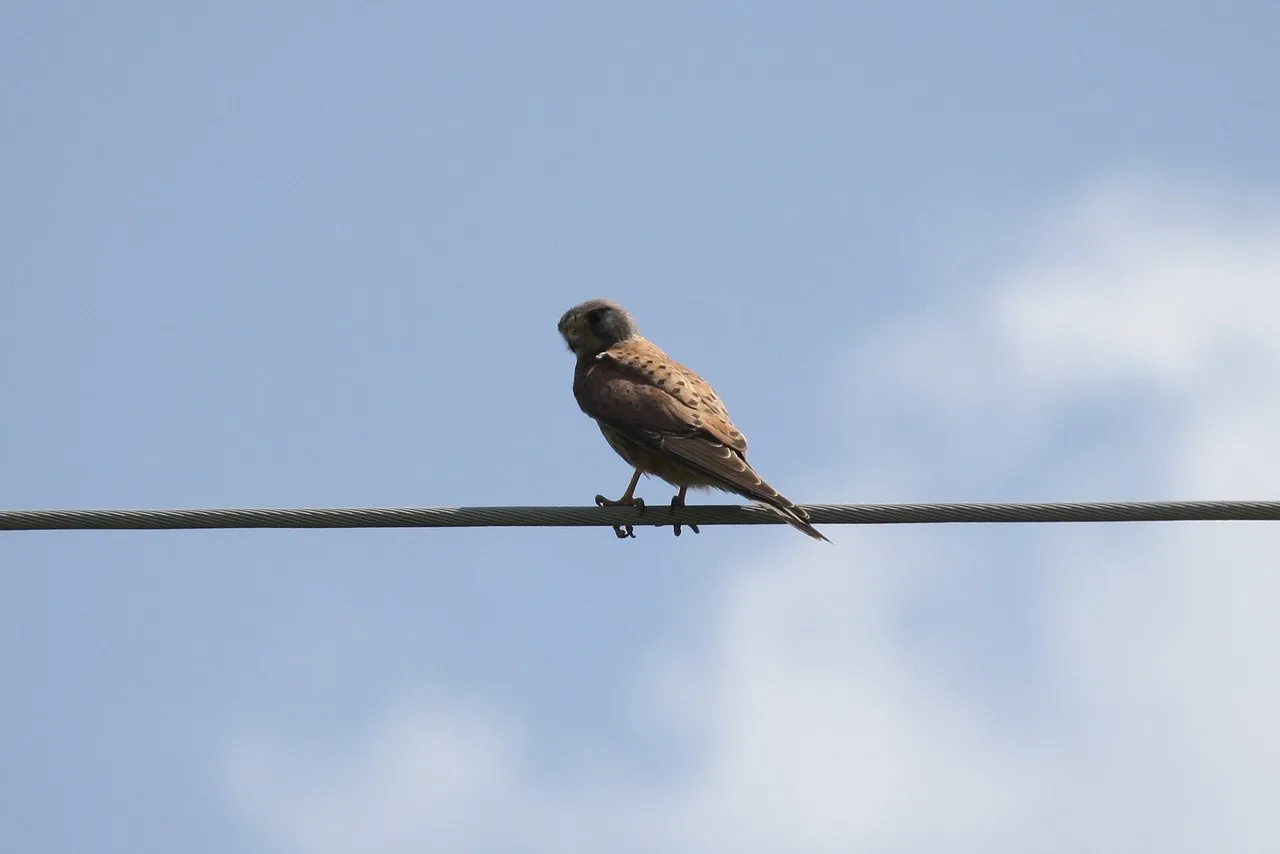
Eurasian collared dove
A dove often comes to the same place but for a different reason.

Eurasian wren
I haven't noticed them in a long time. Since they are mostly found in forests, they are very difficult to spot in the treetops.
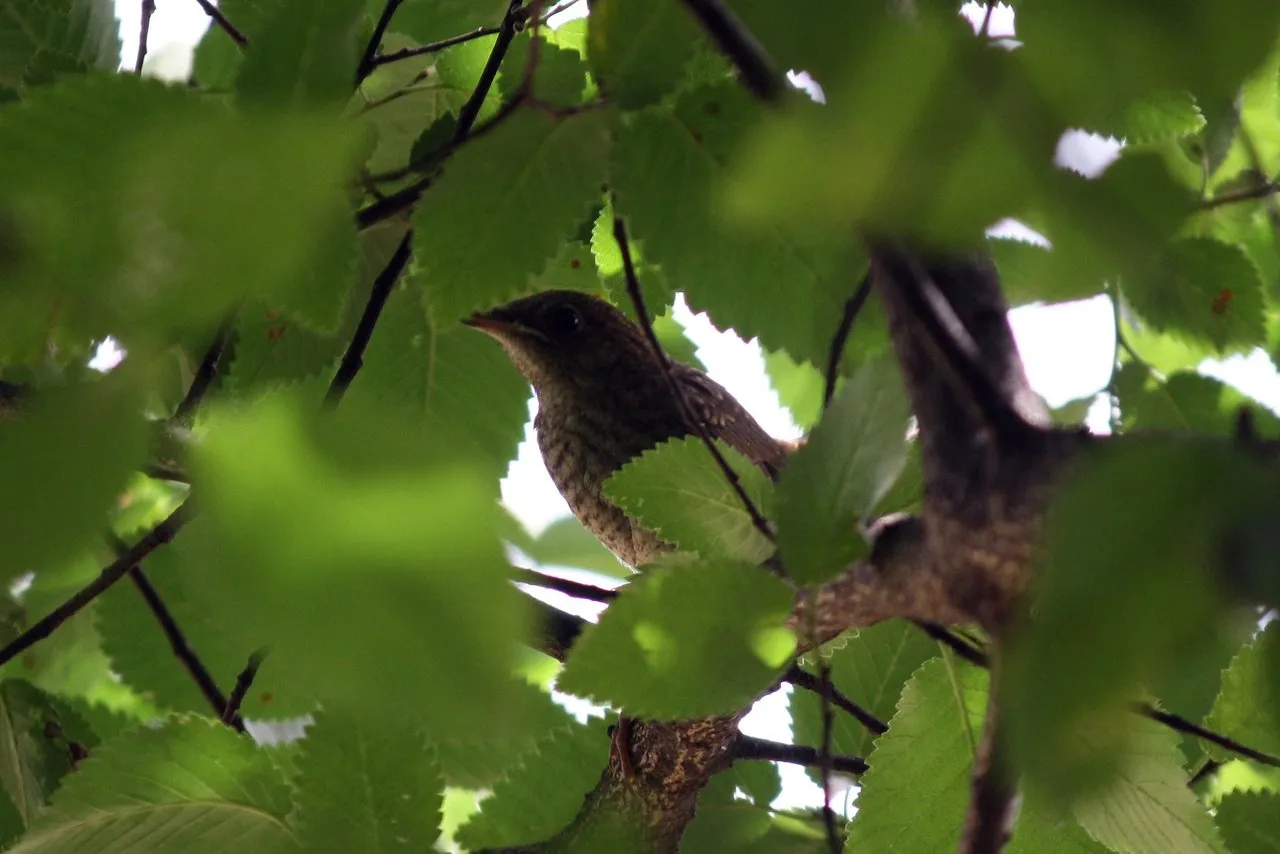
Fantail pigeon

Golden oriole
It is a bird that is very difficult to photograph. Although it is brightly colored and easily visible in the green canopy, it quickly changes its location.
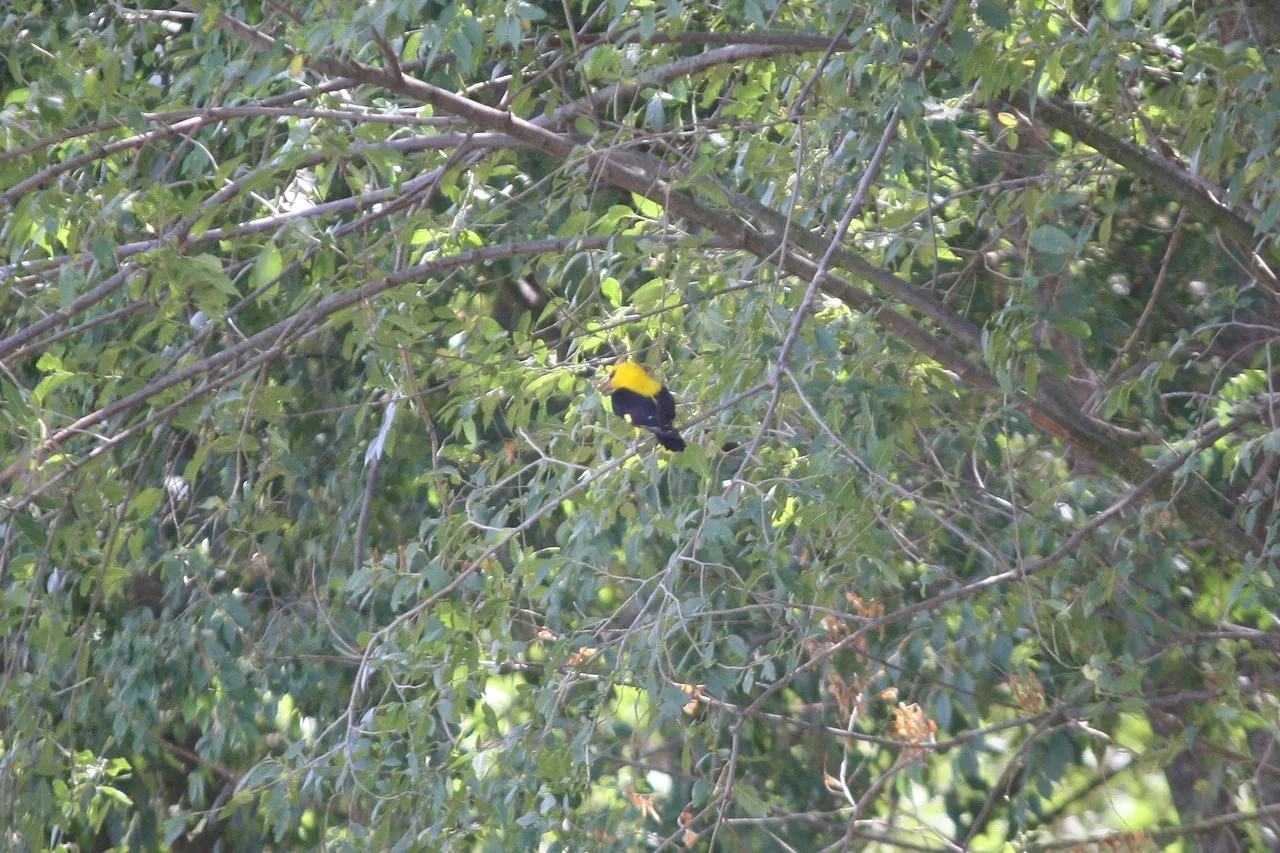
Goldfinch
Although they only spent time in populated areas during the spring, at the moment they can only be noticed outside of them.
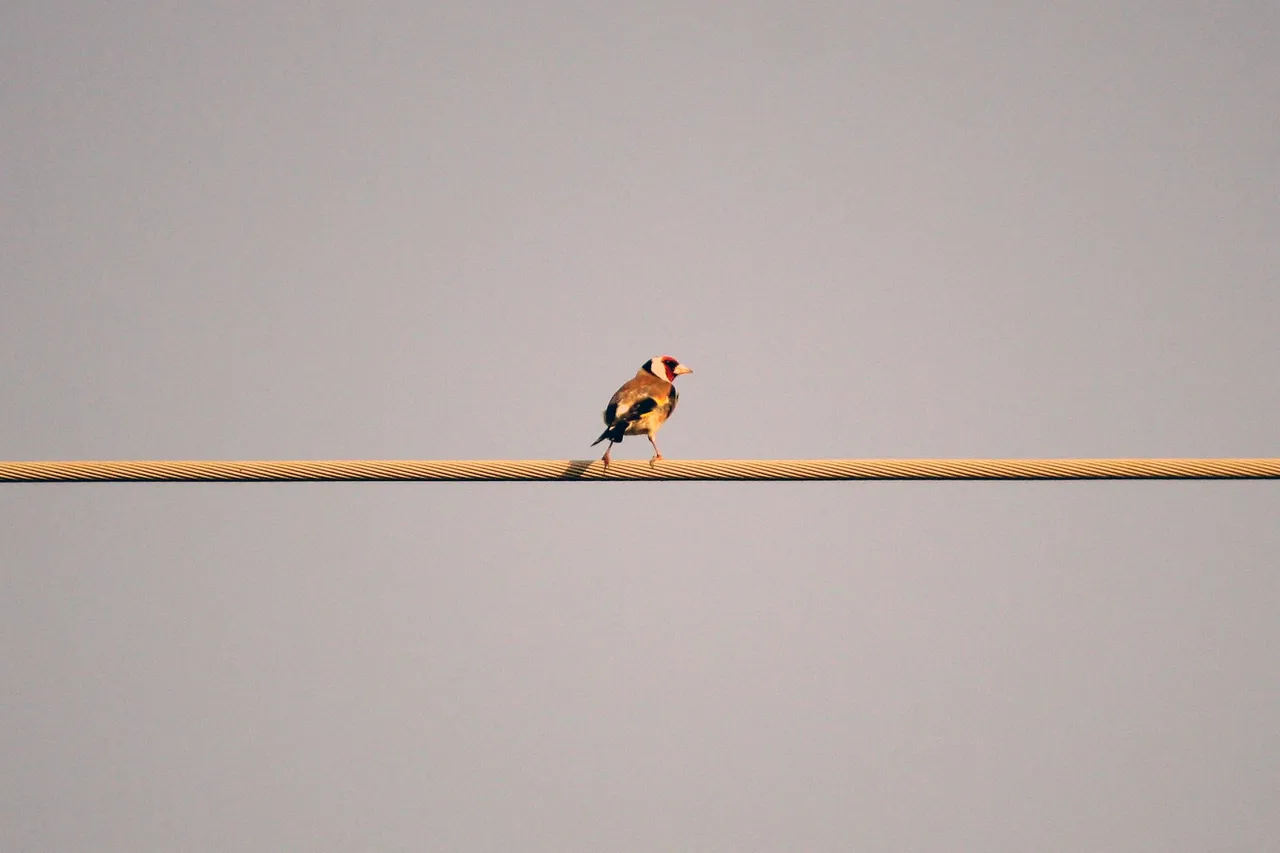
Great reed warbler
It is a very loud bird that mostly hides in reeds. Luckily this one flew to a nearby tree where I was able to photograph it.
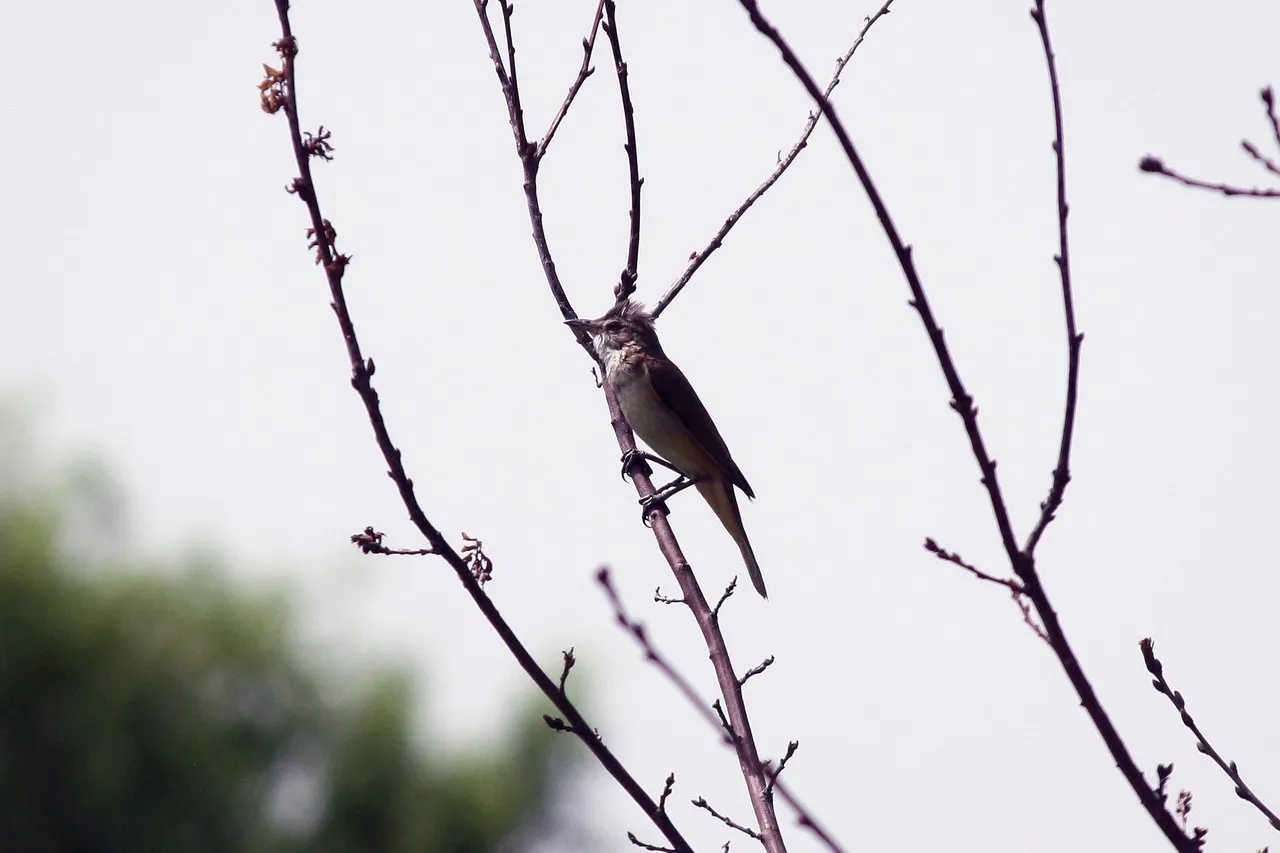
European bee-eater
Only one group of a couple of birds remained nearby. This time I tried to take pictures of them in flight.
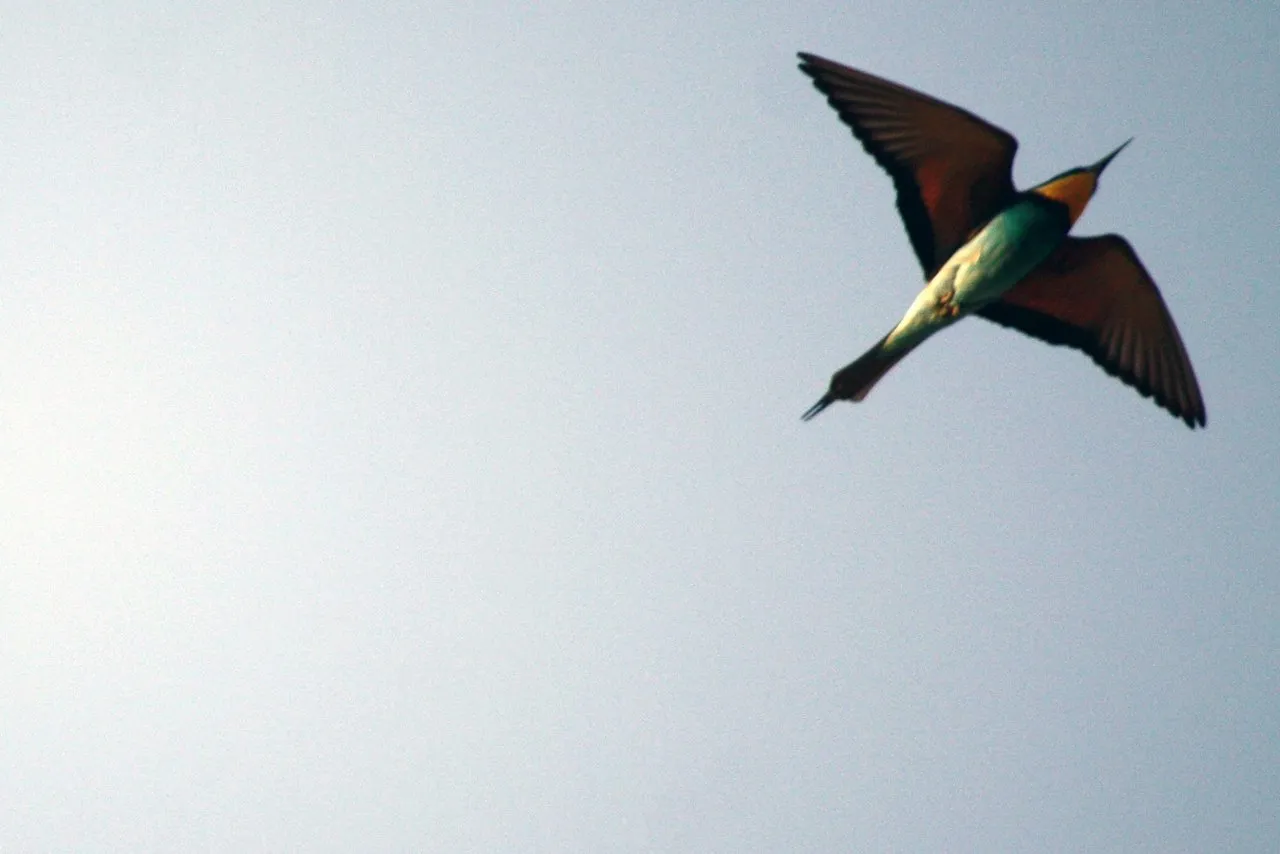
Hooded crow
It seems to me that their number is increasing. I meet them quite often, but still outside the settlement.

House sparrow
This picture does not show the choir singing of sparrows. Due to the intense heat, the birds keep their beaks open. This scene could be noticed in almost every species of bird. If you are able, always leave a container with water, especially if you live in areas where the summers are very hot.
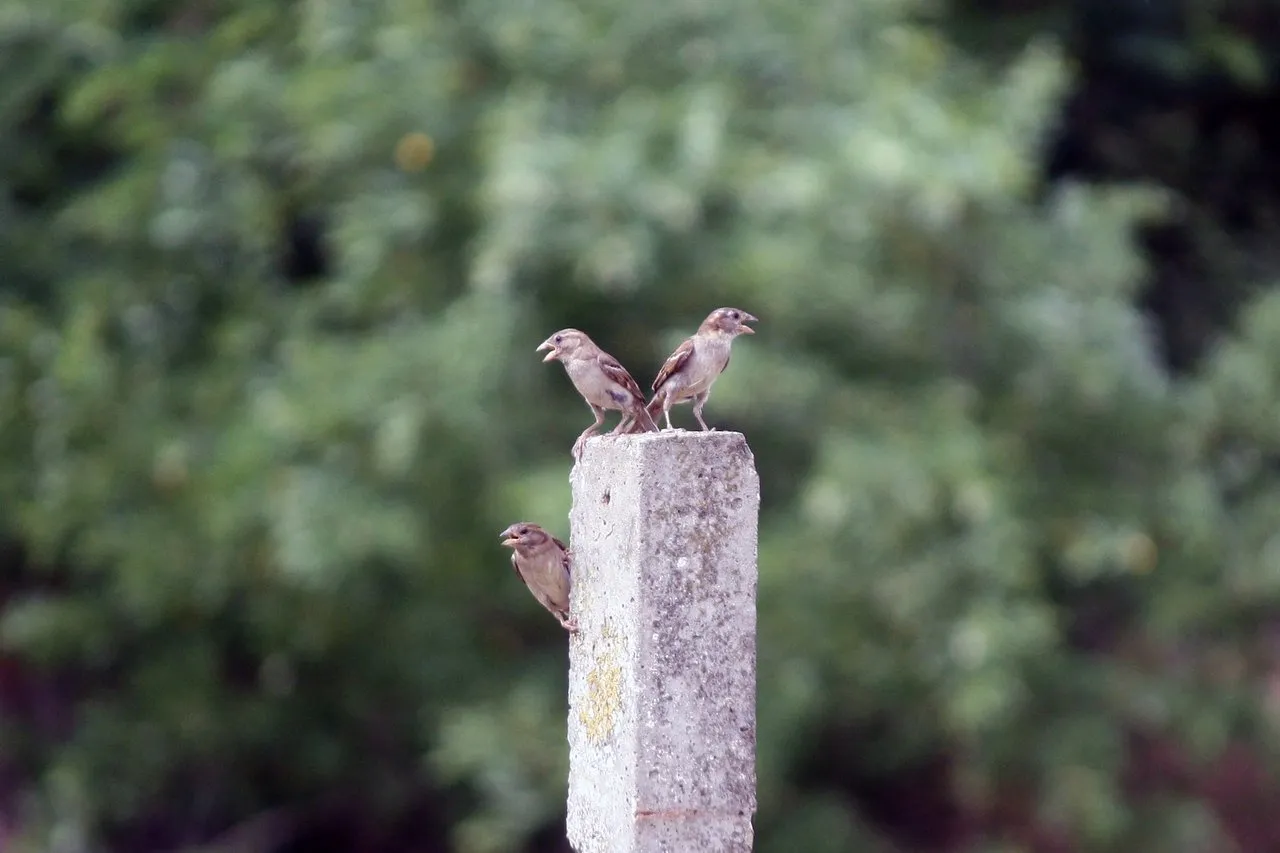
Little owl
This owl usually nests in the attics of abandoned houses. On this roof, I noticed a couple who are probably taking care of the offspring.
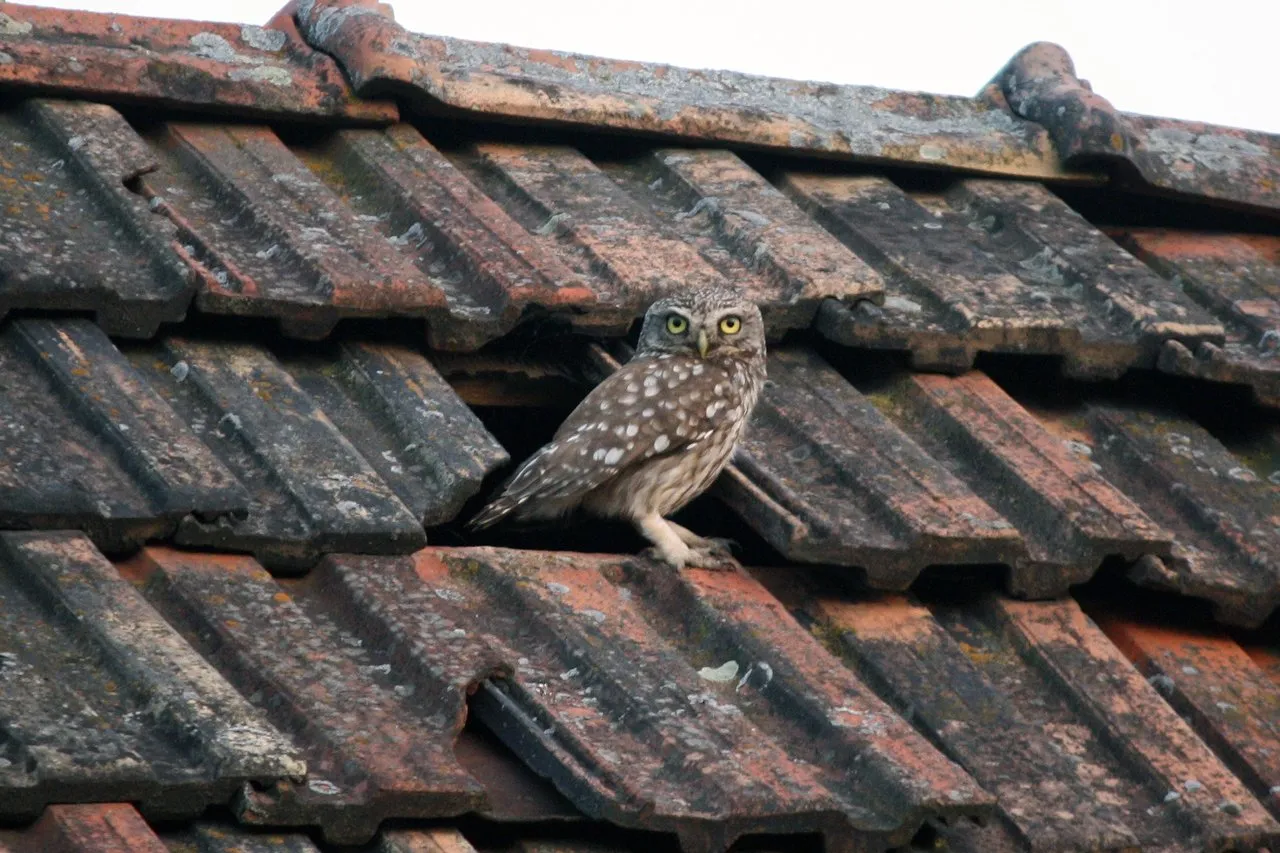
Magpie
Magpies are most often found in pairs or groups during this period. Like other birds, the heat is quite stressful for them.
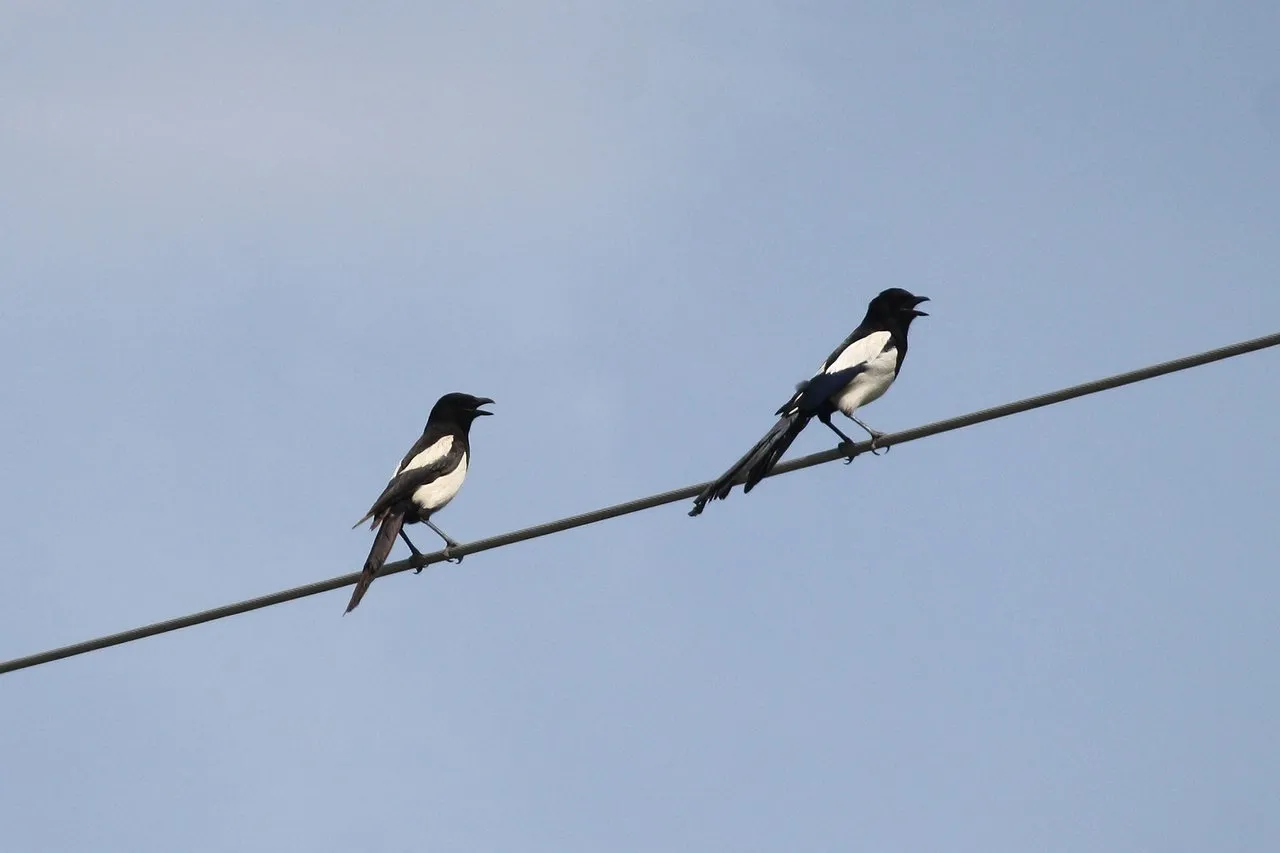
Pheasant
I have very rarely seen female pheasants. I noticed this one quite by accident walking between the graves in the cemetery.
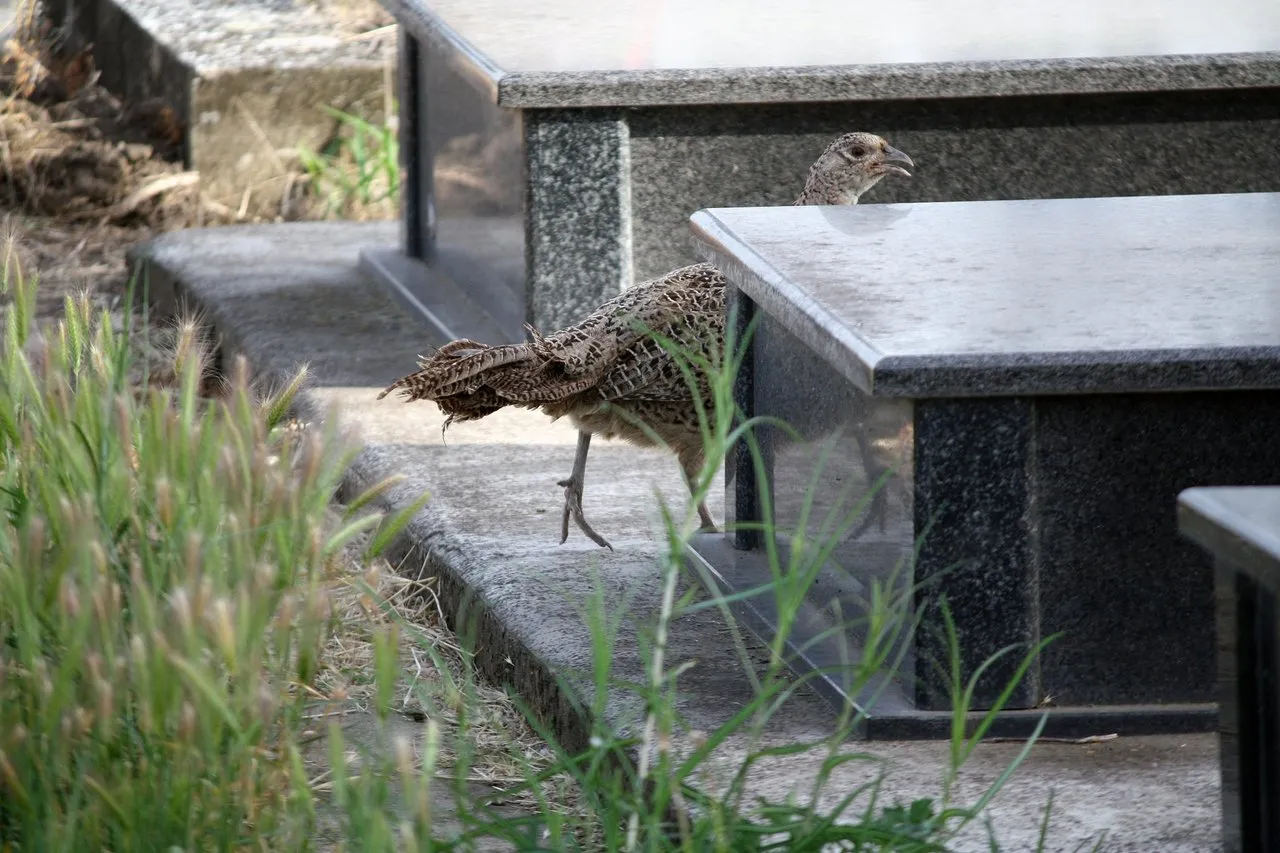
red-backed shrike
They are still located exclusively in the same locations that they share with the African stonechat.
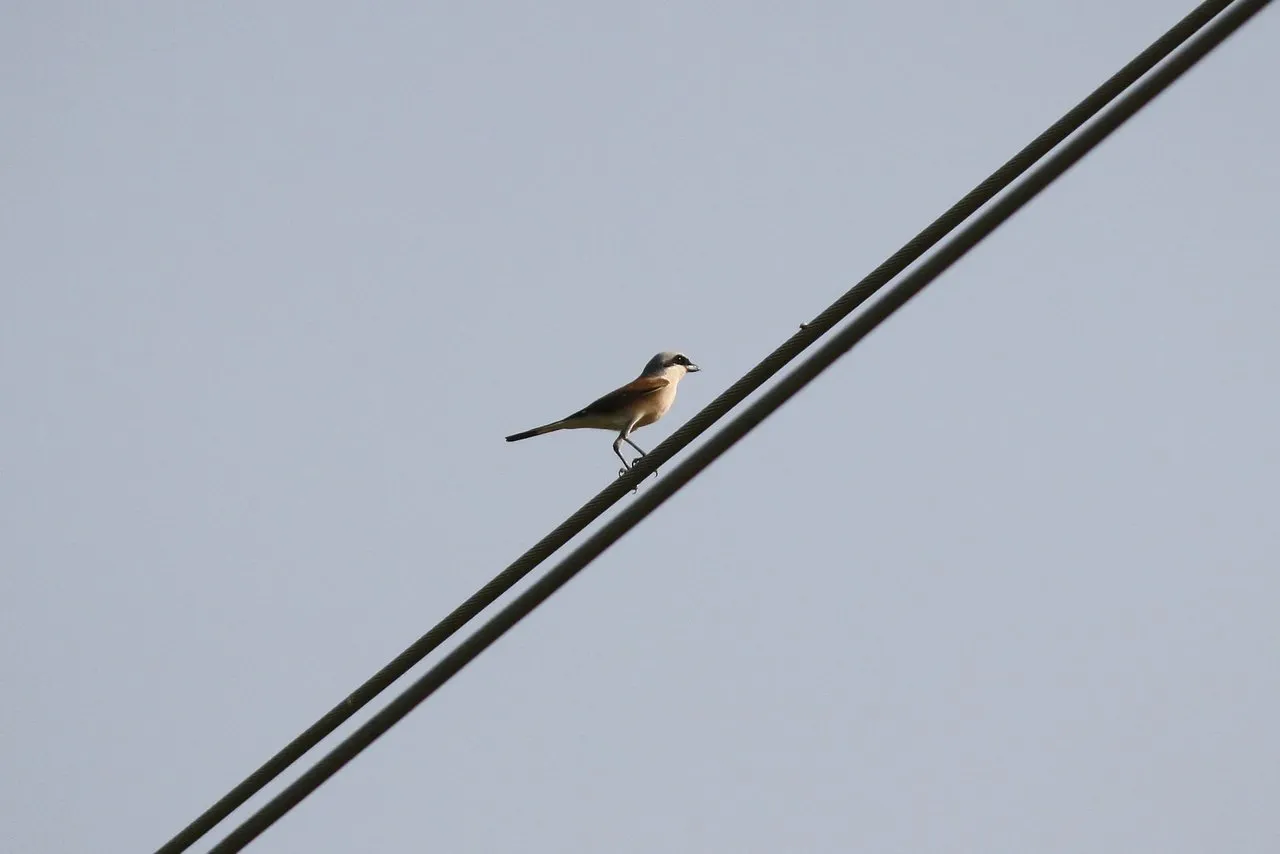
Rock pigeon
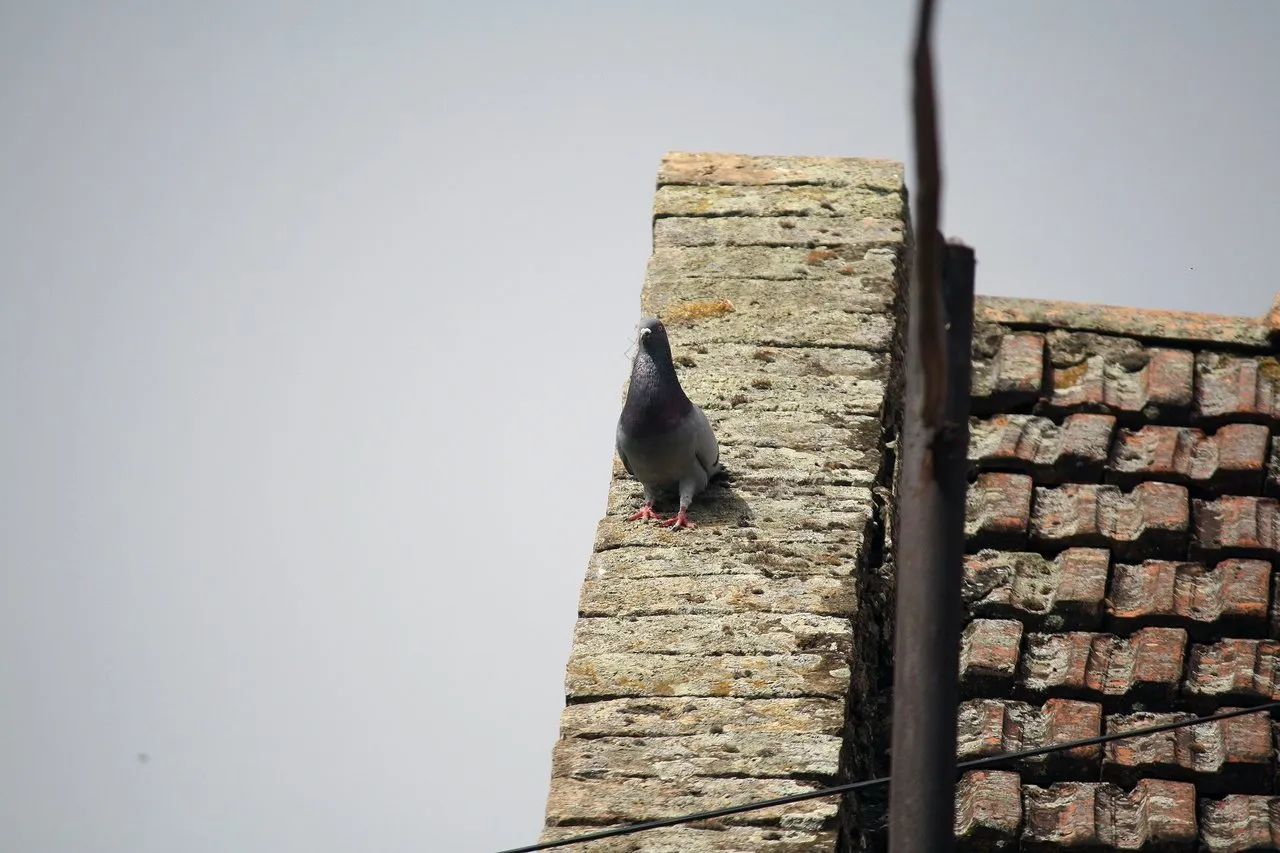
Rook
Like crows, they are most often found outside the settlement. Their population is increasing gradually.
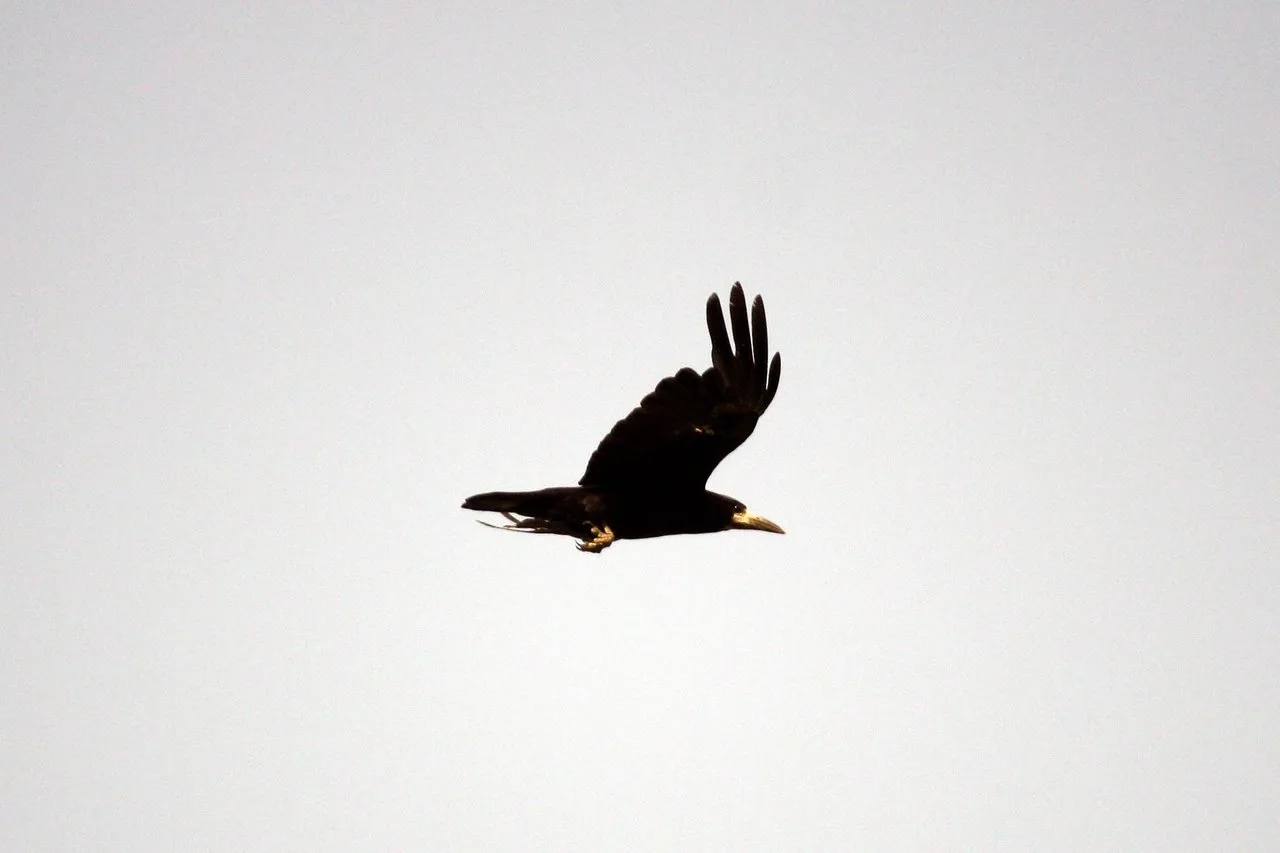
Tree sparrow
I haven't seen this species of sparrow outside the settlement in a long time. During the winter, they were in numerous groups near the settlement, and since the spring, they have been sharing space with house sparrows, with whom they search the yards in search of food.
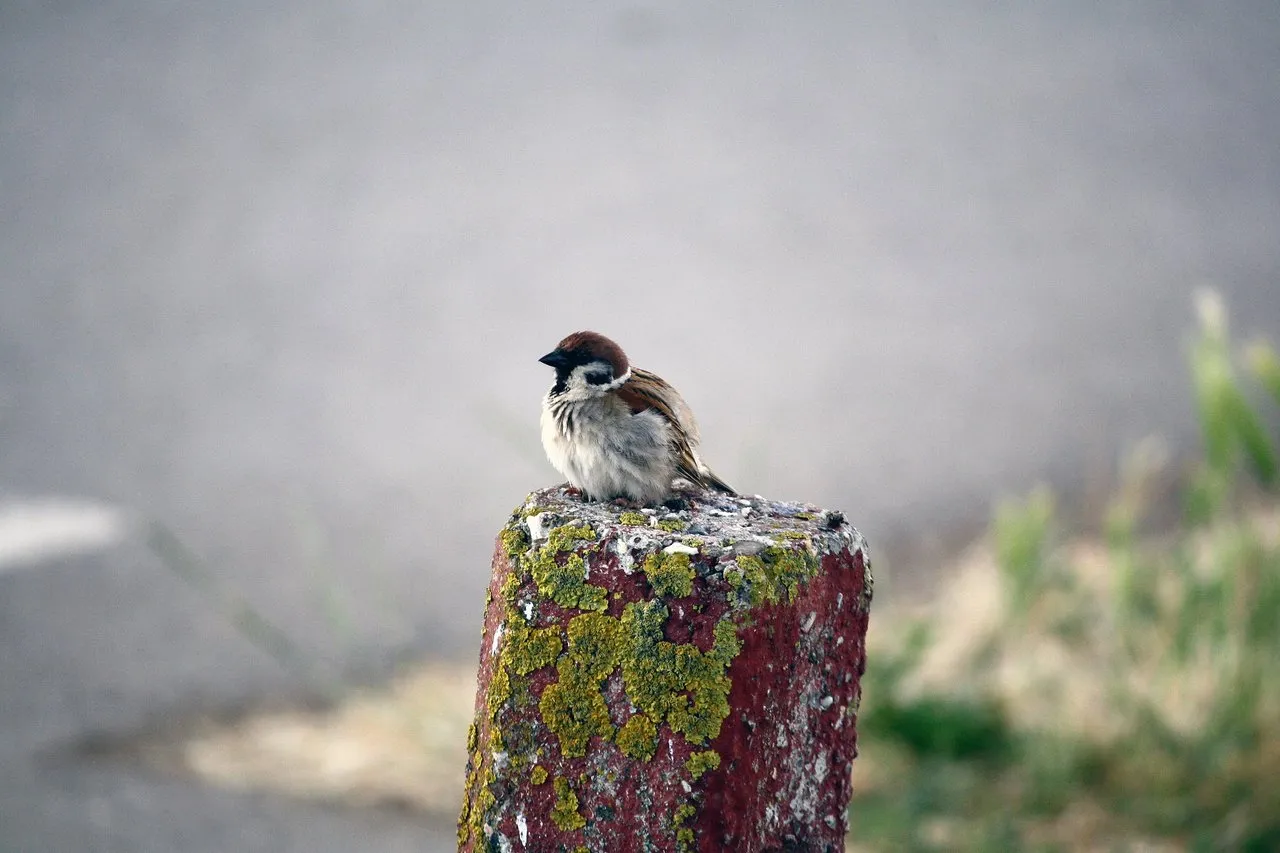
White wagtail
This is a new species of bird that I spotted right next to the pond. I hope to see them again.
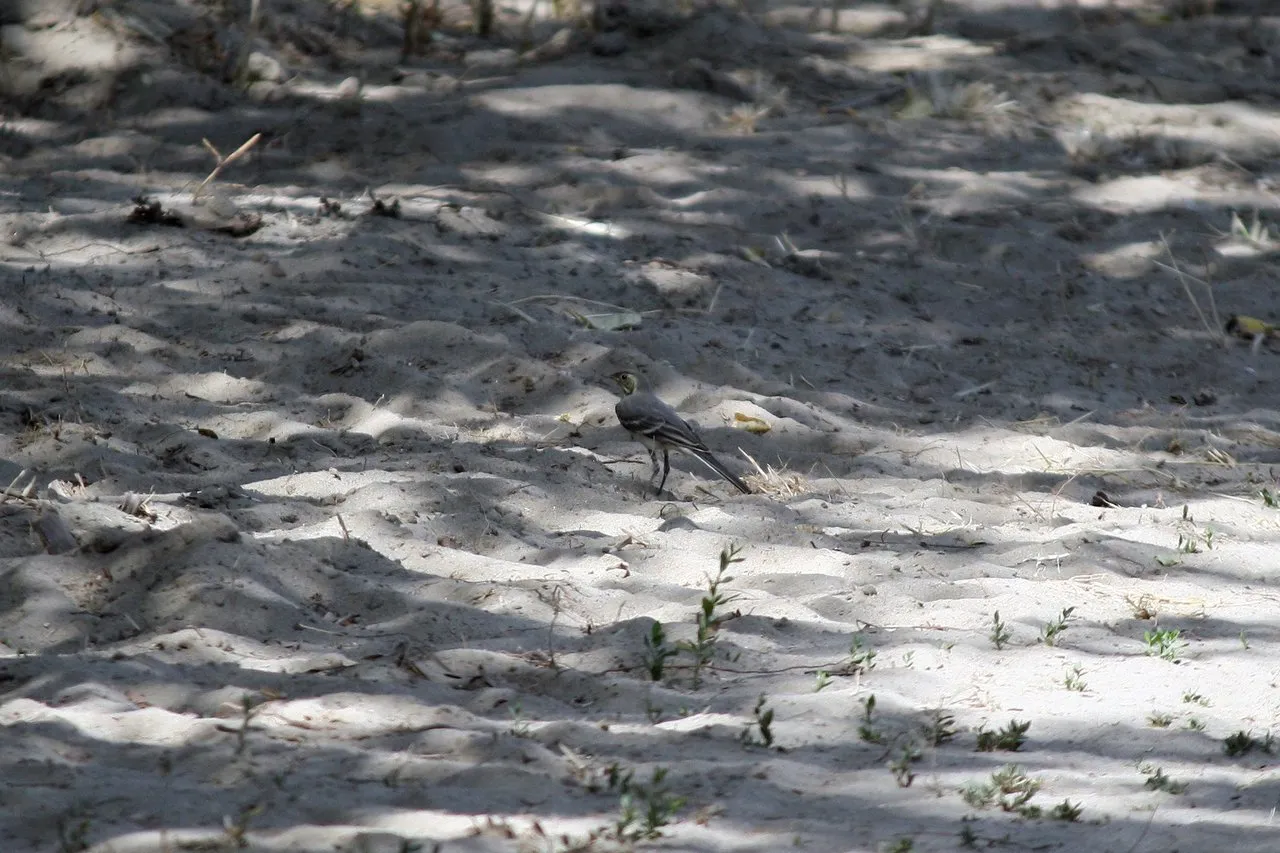
Wood pigeon
Unlike in the spring, when they were blinded by love, they are now very careful and difficult to approach.
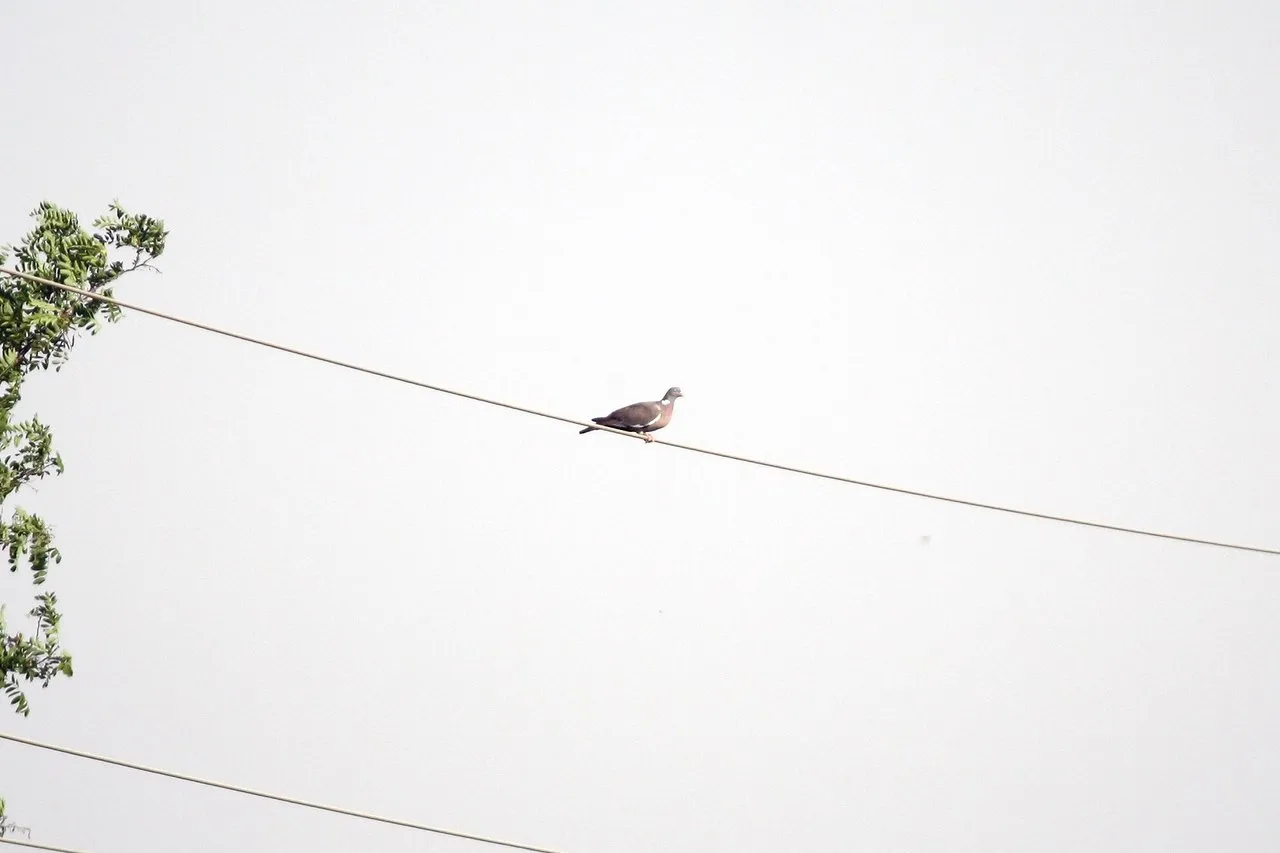
Thank you for stopping by and supporting my content!
